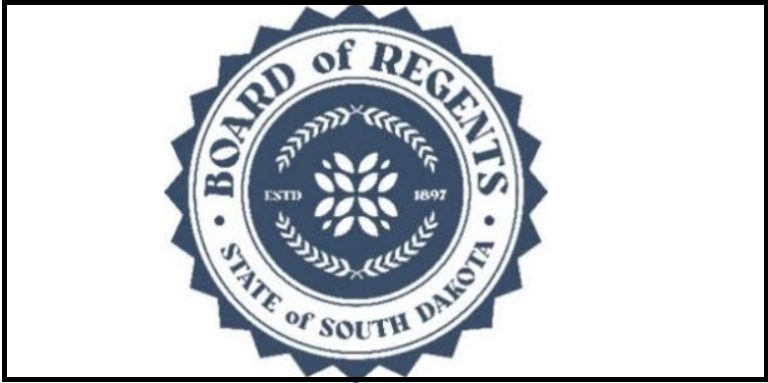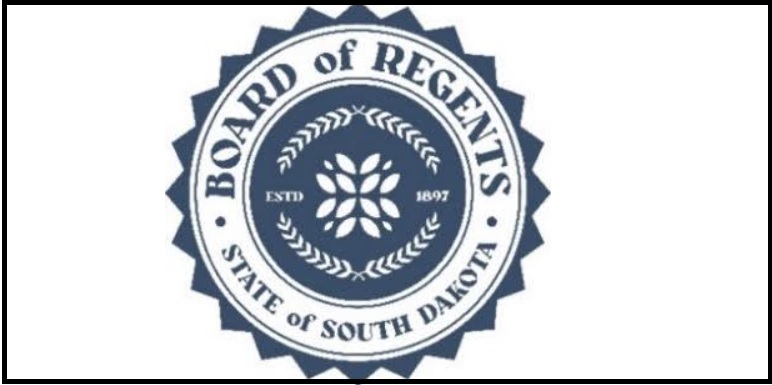PIERRE, S.D. – State lawmakers aim to quickly pass a bill to clear a thicket of confusion over how to get $200 million in housing infrastructure money out of state coffers and into the hands of developers.
The money, initially appropriated last session, was meant to help address a 10,000-home shortage in workforce housing. But concerns over the legal authority to dispense the funds kept the money in a holding pattern through 2022.
The South Dakota Housing Development Authority (HDA) shelved $150 million shortly after lawmakers sent the money its way in March of last year. In September, the HDA put awards for the remaining $50 million on hold, even as developers had submitted applications for shovel-ready housing projects.
A mismatch between legislative intent and funding authority factored into those decisions.
The goal was to aid the construction of homes without income restrictions for buyers. The initial 2022 infrastructure proposal, backed by Gov. Kristi Noem, would have given the Governor’s Office of Economic Development broad authority to decide where to send the funding.
But lawmakers opted to re-write the bill, adding provisions on how to divide the money between urban and rural areas and depositing it into the HDA-managed Housing Opportunity Fund, an account designed for affordable housing.
Senate Bill 41 would allow the HDA to award the money as lawmakers intended.
Its prime sponsor is Senate Majority Leader Casey Crabtree, R-Madison, who introduced the 2022 rewrite. There had been disagreements on how to administer the money, Crabtree told South Dakota Searchlight this week, but there was never a question as to its importance.
“I think this addresses the concerns that existed out there, and we’re really looking to get this money invested in communities in South Dakota,” Crabtree said.
Communities across the state need more workers than they can house, he said. That problem, as well as issues like a lack of child care options, exacerbates the difficulty of economic development across the state.
Infrastructure expenses were targeted in part because they are a significant burden for developers, according to a 2021 summer study on workforce housing. The costs for laying water and sewer lines or paving roads, typically borne by home builders, have increased more quickly than also-rising cost of building materials and labor.
Easing that burden is part of the solution, Crabtree said.
In addition to delegating authority to the HDA, the proposal would create a revolving loan fund Crabtree said will allow the HDA to offer continued infrastructure support for developers after the grant funding runs dry.
“If we don’t get this issue tackled in a big way in the next 10 years, South Dakota is going to look really different, and it’s not going to be as appealing for the next generation as it is for us,” Crabtree said.
SB 41 preserves clauses on rural and urban development that were added by the Crabtree-sponsored re-write last March. A third of the money is earmarked for projects in communities with populations of 50,000 or more; the remainder would go to smaller communities.
The new bill has an emergency clause, meaning it would take effect immediately with Gov. Noem’s signature. Noem spokesman Ian Fury said on Tuesday that the governor supports the proposal.
Crabtree expects the bill to be heard on Thursday by the Commerce and Energy Committee, and to be voted on by the full Senate the following day – an unusually short timeline for the Legislature. On the House of Representatives side, the bill is co-sponsored by House Speaker Hugh Bartels, R-Watertown, and House Speaker Pro Tempore Mike Stevens, R-Yankton.
The Senate majority leader expects lawmakers in both chambers to make SB 41 a priority.
“We’ve been working on this for years. And it’s been sitting there and not working for the folks of South Dakota, so we intend to take it up right away,” Crabtree said.











